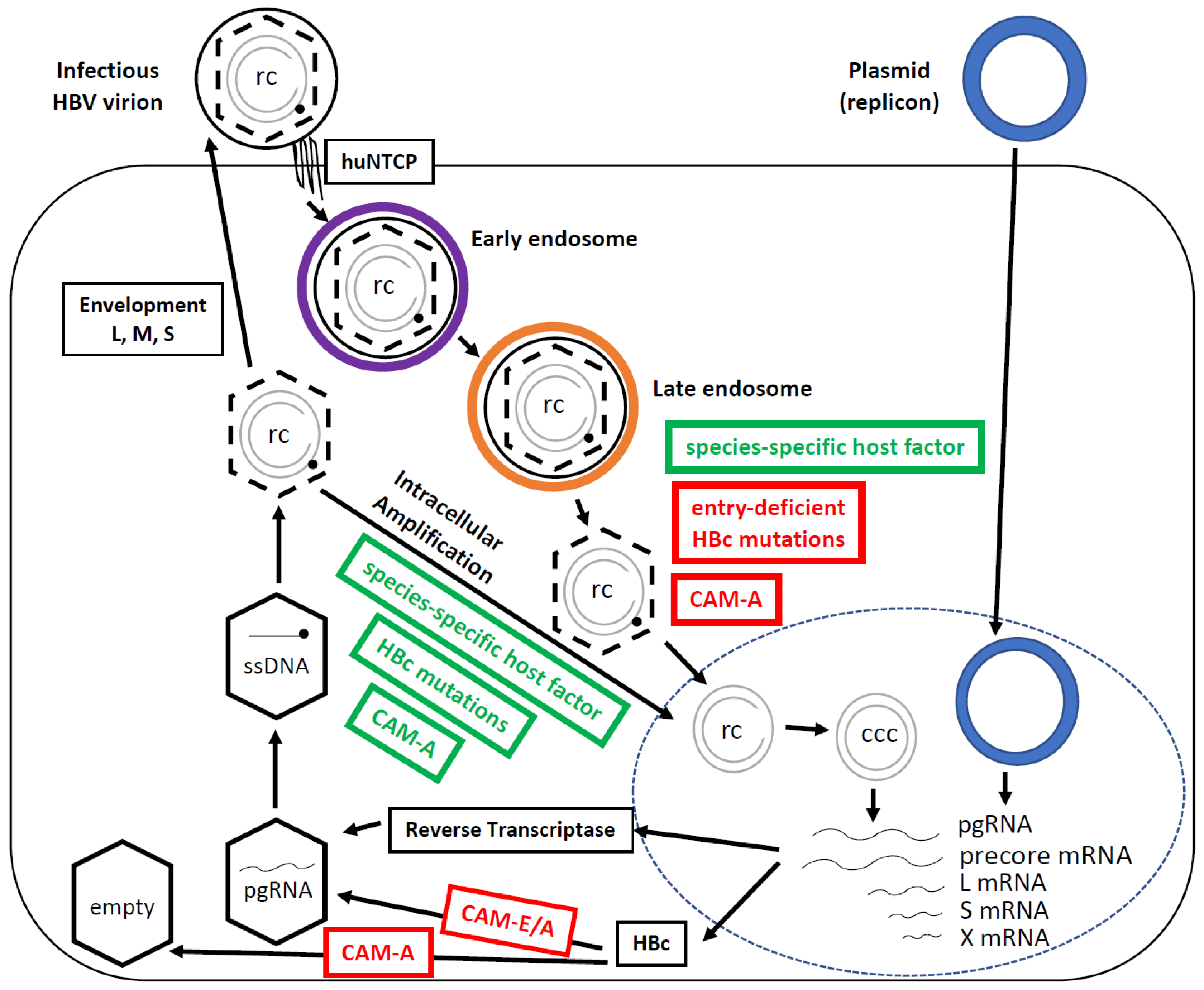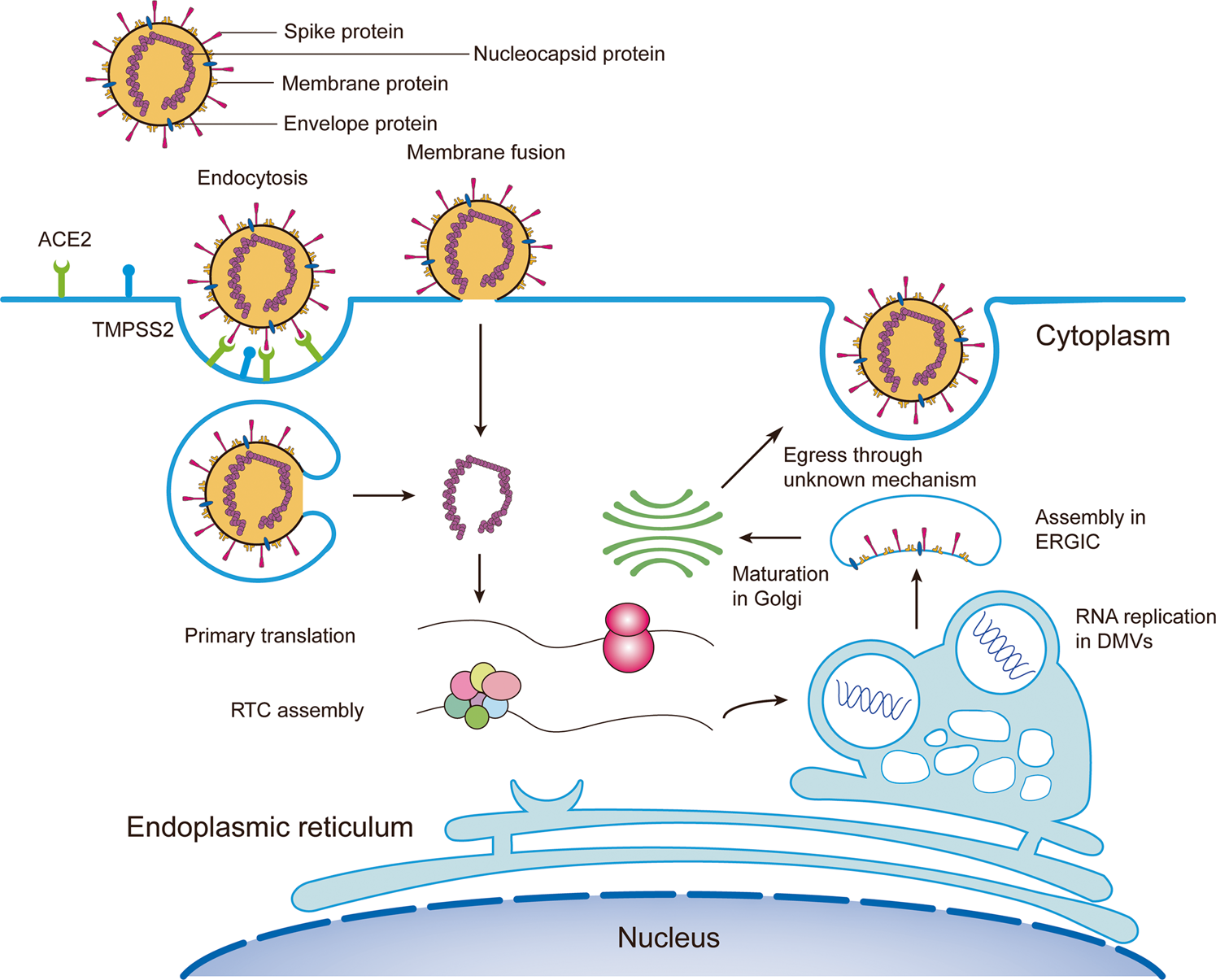Have you ever wondered about the intricate process of viral reproduction and the sequence of events that unfold during this crucial phase? Understanding the correct sequence of events in viral reproduction is vital in our ongoing battle against infectious diseases. In this blog post, we will delve into the fascinating world of virology to unravel the mystery behind the replication process of viruses. From attachment and entry to replication, assembly, and release, each step plays a pivotal role in the successful proliferation of viruses within a host cell. Join us as we explore the precise order of events that dictate the lifecycle of viruses and how this knowledge aids in the development of antiviral therapies.
Introduction: Understanding Viral Reproduction
Understanding the correct sequence of events in viral reproduction is crucial in the study of virology and infectious diseases. Viruses are obligate intracellular parasites that require a host cell to replicate and propagate. The process of viral reproduction involves multiple intricate steps that are finely orchestrated to ensure successful replication.
The Key Steps in Viral Reproduction
Viruses first attach to the host cell surface through specific viral and cellular receptors. Once attached, the virus enters the host cell either through direct fusion with the cell membrane or by receptor-mediated endocytosis. This initial step determines the viral tropism and infectivity.
Following entry, the viral genetic material is released into the host cell. Depending on the type of virus, the genetic material can be RNA or DNA. This genetic material then takes over the host cell’s machinery to replicate and produce new viral components.
Genome Replication and Protein Synthesis
Replication of the viral genome and synthesis of viral proteins occur in the host cell’s cytoplasm or nucleus. The viral genome serves as a template for the production of new viral RNA or DNA, while viral proteins are synthesized to assemble new virus particles.
- Translation and Processing
- Assembly and Maturation

Definition of Viruses and Their Role
Viruses are microscopic infectious agents that can only reproduce inside the cells of living organisms. They are not classified as living organisms because they lack the essential characteristics of life, such as the ability to replicate on their own or carry out metabolic processes.
The Structure of Viruses
Viruses consist of genetic material, either DNA or RNA, enclosed in a protein coat called a capsid. Some viruses also have an outer lipid envelope derived from the host cell membrane.
The image below illustrates a typical viral structure with both genetic material and protein coat visible:

Role of Viruses in Reproduction
Viruses play a crucial role in the process of viral reproduction by hijacking the cellular machinery of host organisms. Once inside a host cell, a virus injects its genetic material, taking over the cell’s functions to produce new viral components.
The correct sequence of events in viral reproduction involves attachment, penetration, replication, assembly, and release of new viral particles. This process can cause harm to the host organism by disrupting normal cellular functions and potentially leading to diseases.
Initial Attachment and Entry of the Virus
When a virus encounters a host cell, the initial phase begins with the attachment of the virus to specific receptors on the surface of the cell. This attachment is crucial for the virus to gain entry into the host cell and initiate the infection process.
Recognition and Binding
During the recognition phase, the virus identifies its target cell by matching its viral proteins with the receptors on the host cell’s surface. Once a suitable match is found, the virus binds to the host cell, preparing for entry.
Membrane Fusion or Endocytosis
After binding to the host cell, the virus can enter the cell through membrane fusion or endocytosis. In membrane fusion, the viral envelope and the host cell membrane merge, allowing the viral genetic material to enter the host cell. Alternatively, in endocytosis, the host cell engulfs the virus in a vesicle, which later fuses with cellular compartments, releasing the virus into the cytoplasm.
Replication of Viral Genome
Viral genome replication is a crucial step in the life cycle of a virus. This process involves the production of new copies of the viral genetic material to enable the assembly of new viral particles.
Initiation of Replication
The replication of the viral genome begins with the attachment of the virus to the host cell. Once attached, the virus injects its genetic material into the host cell.
This critical step marks the initiation of the replication process.
Replication Process
After injection, the viral genome takes over the host cell’s machinery to replicate its genetic material. The process involves the synthesis of new viral RNA or DNA strands using the host cell’s resources.
- Viruses can replicate their genomes using different mechanisms based on whether they are RNA or DNA viruses.
- RNA viruses use an enzyme called RNA-dependent RNA polymerase to replicate their RNA genomes.
- DNA viruses replicate their genomes through a process that involves converting their DNA into a double-stranded intermediate form.

Assembly of New Viral Particles
During viral reproduction, the assembly of new viral particles is a crucial stage in the viral life cycle. This process involves the packaging of viral genetic material into protein coats to create fully formed viruses ready to infect new host cells.
Packaging of Genetic Material
The first step in viral particle assembly is the packaging of the viral genome into newly synthesized capsid proteins. This process ensures that the genetic material is protected and can be delivered to the host cell upon infection.
As the viral components come together, the correct sequence of events in viral reproduction dictates the precise arrangement of proteins to form a functional viral particle.
Maturation and Release
Once the viral components have assembled and the genetic material is enclosed within the protein coat, the new viral particles undergo maturation processes to become infectious.
- Maturation involves the modification of viral proteins to ensure their functionality.
- The mature viral particles are then released from the host cell to infect other cells and continue the viral replication cycle.
Release of Mature Viruses
Once the viral replication process is complete, the host cell becomes packed with newly formed mature viruses ready to be released and infect other cells. This stage is crucial in the viral reproduction cycle.
The Final Step in Viral Reproduction
At this stage, the mature viruses exit the host cell either through cell lysis, where the cell bursts open, or budding, where the viruses are released without causing immediate cell death.
This final process ensures that the mature viruses can spread and continue the infection cycle, ultimately leading to the production of more viruses.
Impacts of Viral Reproduction on Host Cells
When discussing what is the correct sequence of events in viral reproduction, it’s crucial to understand the impacts of this process on host cells. Viruses, upon infecting a host cell, hijack the cellular machinery to replicate themselves, resulting in various consequences.
Cell Damage and Destruction
One of the primary impacts is the cell damage caused during viral reproduction. The virus uses the host cell’s resources, leading to cell destruction, ultimately disrupting normal cellular functions.
Immune Response Activation
Viral replication triggers the immune response in the host. The immune system recognizes the infected cell and attempts to eliminate the virus, often resulting in inflammation and immune cell recruitment.
Frequently Asked Questions
-
- What is viral reproduction?
- Viral reproduction is the process by which viruses replicate within a host cell to produce additional virus particles.
-
- What is the importance of understanding the sequence of events in viral reproduction?
- Understanding the correct sequence of events in viral reproduction is crucial for developing antiviral treatments and vaccines.
-
- What are the typical steps in the viral reproduction process?
- The typical steps include attachment, entry, replication, assembly, and release of new virus particles.
-
- How does a virus attach to a host cell?
- Viruses often have specific receptor proteins that bind to receptors on the surface of host cells, allowing attachment.
-
- What happens during the replication stage of viral reproduction?
- During replication, the viral genetic material is copied and new virus components are produced within the host cell.
Closing Thoughts: Unraveling the Mystery of Viral Reproduction
As we delved into the intricate world of viral reproduction, we uncovered the essential sequence of events that drive this process. From attachment to release, the correct sequence of events in viral reproduction is crucial for the virus to successfully invade host cells and replicate. Understanding this sequence provides insights into developing effective antiviral strategies and vaccines.
Remember, the journey begins with attachment, followed by penetration, replication, assembly, and finally release. Each step plays a vital role in the virus’s life cycle. By grasping these fundamentals, we can better comprehend the strategies viruses employ to hijack our cells and the countermeasures we can take to combat them.



